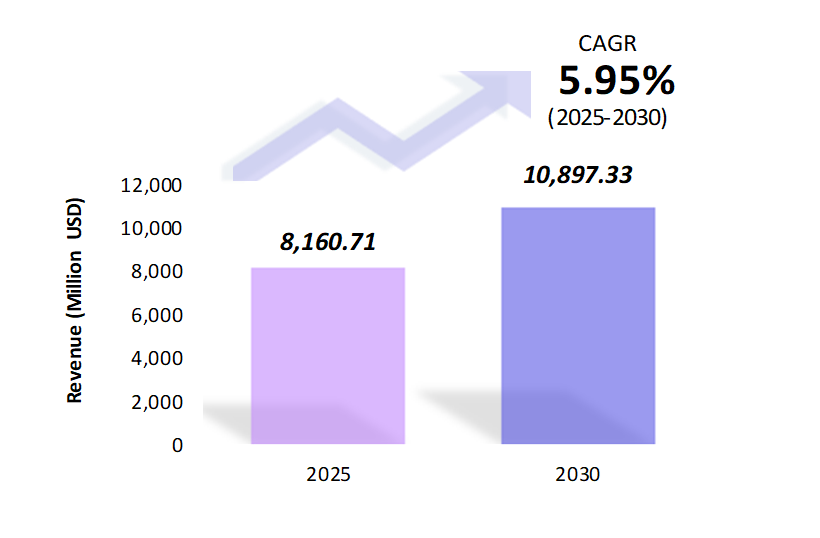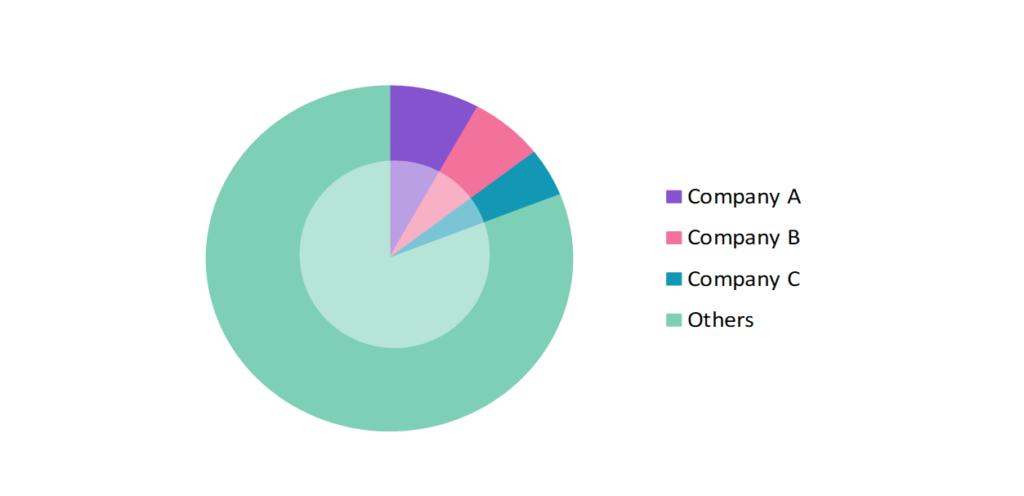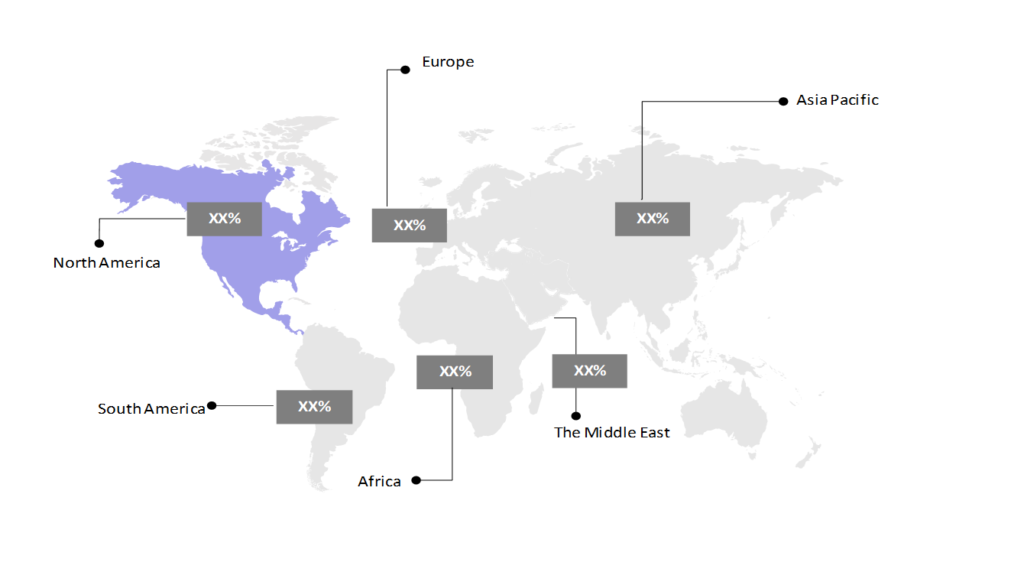Electrocardiograph (ECG) Machine Market: Size, Share, Trends & Forecast (2024-2029)
The market report provided a comprehensive analysis segmented by Product (Rest ECG Systems, Stress ECG Systems, Holter ECG Systems, Event ECG Systems, Others); by End Users (Home-Based Users, Hospitals, Others); by Geography (North America, South America, Asia Pacific, Europe, The Middle East, Africa).
Outlook

- The electrocardiograph (ECG) machine market is estimated to be at USD 8,160.71 Mn in 2025 and is anticipated to reach USD 10,897.33 Mn in 2030.
- The electrocardiograph (ECG) machine market is registering a CAGR of 5.95% during the forecast period 2025-2030.
- The electrocardiograph (ECG) machine market is experiencing growth due to increasing cardiovascular disease cases, an aging population, and rising demand for remote monitoring. Advancements in AI (artificial intelligence), wireless technology, and cloud integration are driving innovation in diagnostic accuracy and patient care. However, challenges such as high costs, complex reimbursement policies, and data security concerns remain. Despite these hurdles, the market continues to expand, fueled by the shift towards telemedicine and remote patient monitoring.
Request a free sample.
Ecosystem

- The participants in the global electrocardiograph (ECG) machine industry are always developing their strategies to preserve a competitive advantage.
- Companies are focusing on integrating AI, wireless connectivity, and cloud-based systems to enhance diagnostic capabilities, real-time data sharing, and patient monitoring.
- Several important entities in the electrocardiograph (ECG) machine market include GE HealthCare Technologies, Inc.; Koninklijke Philips N.V.; Nihon Kohden Group; Schiller AG; Shenzhen Mindray Bio-Medical Electronics Co., Ltd.; and others.
Ask for customization.
Findings
| Attributes | Values |
|---|---|
| Historical Period | 2019-2023 |
| Base Year | 2024 |
| Forecast Period | 2025-2030 |
| Market Size (2025) | USD 8,160.71 Mn |
| Market Size (2030) | USD 10,897.33 Mn |
| Growth Rate | 5.95% CAGR from 2025 to 2030 |
| Key Segments | Product (Rest ECG Systems, Stress ECG Systems, Holter ECG Systems, Event ECG Systems, Others); End Users (Home-Based Users, Hospitals, Others); Geography (North America, South America, Asia Pacific, Europe, The Middle East, Africa) |
| Key Vendors | GE Healthcare Technologies, Inc.; Koninklijke Philips N.V.; Nihon Kohden Group; Schiller AG; Shenzhen Mindray Bio-Medical Electronics Co., Ltd. |
| Key Countries | The US; Canada; Mexico; Brazil; Argentina; Colombia; Chile; China; India; Japan; South Korea; The UK; Germany; Italy; Netherlands; Turkey; UAE; Saudi Arabia; Egypt; South Africa |
| Largest Market | North America |
Get a free quote.
Trends
- AI-Enhanced ECG Analysis: ECG machines now incorporate AI algorithms that assist in identifying cardiac irregularities, such as arrhythmias and ischemia, with greater accuracy. Algorithms are designed to detect subtle variations that might go unnoticed, which allows clinicians to diagnose conditions more effectively and reduce false positives. In June 2024, AliveCor announced Food and Drug Administration (FDA) clearance and the launch of its new AI-powered system capable of detecting 35 cardiac conditions using a reduced lead. This innovation builds on AliveCor’s existing single-cable, AI-enhanced handheld ECG system, which expands its diagnostic capabilities and offers enhanced cardiac monitoring options.
- Development of Wireless and Portable ECG Devices: Modern ECG machines are increasingly compact and wireless, which enhances their portability for remote monitoring and home healthcare. Innovations in wearable ECG technology, like single-lead devices, enable continuous, real-time monitoring, which is particularly beneficial for patients with chronic conditions requiring long-term observation.
- Integration of Cloud-Based Data Management: Integrating cloud technology in ECG machines allows secure, remote access to patient data. This feature supports telemedicine by enabling healthcare providers to review ECG data from any location. Companies are developing systems that automatically upload ECG recordings to secure databases for instant sharing with specialists. For example, GE Healthcare’s MUSE NX system automates the upload and storage of ECG data to a secure, cloud-based database. The MUSE NX system is designed for hospitals and clinics, which allows ECG recordings from various devices to be automatically sent to a centralized database accessible by cardiologists and specialists in real time.
Speak to analyst.
Catalysts
- Increasing Cases of Cardiovascular Diseases: Rising incidences of cardiovascular conditions, such as heart attacks, arrhythmias, and heart failure, are driving demand for ECG machines globally. The World Health Organization (WHO) reports that cardiovascular diseases are the leading cause of death worldwide, highlighting the need for accurate and accessible diagnostic tools like ECG machines.
- Rising Aging Population with High Risk of Cardiac Diseases: The global aging population is at higher risk for cardiac issues, creating a growing market for ECG machines. Elderly patients are more susceptible to heart disease, requiring frequent monitoring to detect early signs and prevent complications. This trend is particularly notable in countries with aging populations, such as Japan and many Western nations.
- Increasing Usage of Remote Monitoring Devices: With advancements in telemedicine, there is a surge in the adoption of remote ECG monitoring devices. These devices allow continuous, at-home cardiac monitoring for patients with chronic conditions, reducing the need for hospital visits. This trend is fueling demand for portable, wireless ECG machines and systems that support remote diagnostics and real-time data sharing. MCOT (Mobile Cardiac Outpatient Telemetry) system is advancing remote cardiac care by offering continuous, real-time monitoring of patients’ heart rhythms. The portable device detects irregularities and transmits data instantly to a secure database, accessible by healthcare providers.
Inquire before buying.
Restraints
- High Costs of Equipment and Maintenance: ECG machines, especially advanced models with AI integration and cloud capabilities, are expensive to purchase and maintain. High upfront costs and ongoing maintenance requirements can limit access to these devices for smaller clinics and healthcare facilities, hindering widespread adoption.
- Complex Reimbursement Policies: Reimbursement for ECG procedures and remote monitoring can be challenging due to complex policies and varied coverage across regions. Inconsistent or limited insurance coverage for cardiac monitoring devices affects both providers and patients, potentially discouraging investment in ECG technology and impacting patient access to necessary cardiac care.
- Data Privacy and Security Concerns: With the growing use of cloud-based and connected ECG devices, data privacy and security have become significant concerns. Storing sensitive patient data on digital platforms increases the risk of data breaches and unauthorized access, which can lead to compliance issues and compromise patient confidentiality.
Personalize this research.
Hotspot

Explore purchase options.
Table of Contents
| 1. Introduction 1.1. Research Methodology 1.2. Scope of the Study 2. Market Overview / Executive Summary 2.1. Global Electrocardiograph (ECG) Machine Market (2019 – 2023) 2.2. Global Electrocardiograph (ECG) Machine Market (2024 – 2030) 3. Market Segmentation 3.1. Global Electrocardiograph (ECG) Machine Market by Product 3.1.1. Rest ECG Systems 3.1.2. Stress ECG Systems 3.1.3. Holter ECG Systems 3.1.4. Event ECG Systems 3.1.5. Others 3.2. Global Electrocardiograph (ECG) Machine Market by End Users 3.2.1. Home-Based Users 3.2.2. Hospitals 3.2.3. Others 4. Regional Segmentation 4.1. North America 4.1.1. The US 4.1.2. Canada 4.1.3. Mexico 4.2. South America 4.2.1. Brazil 4.2.2. Argentina 4.2.3. Colombia 4.2.4. Chile 4.2.5. Rest of South America 4.3. Asia Pacific 4.3.1. China 4.3.2. India 4.3.3. Japan 4.3.4. South Korea 4.3.5. Rest of Asia Pacific 4.4. Europe 4.4.1. The UK 4.4.2. Germany 4.4.3. Italy 4.4.4. Netherlands 4.4.5. Rest of Europe 4.5. The Middle East 4.5.1. Turkey 4.5.2. UAE 4.5.3. Saudi Arabia 4.5.4. Rest of the Middle East 4.6. Africa 4.6.1. Egypt 4.6.2. South Africa 4.6.3. Rest of Africa 5. Value Chain Analysis of the Global Electrocardiograph (ECG) Machine Market 6. Porter Five Forces Analysis 6.1. Threats of New Entrants 6.2. Threats of Substitutes 6.3. Bargaining Power of Buyers 6.4. Bargaining Power of Suppliers 6.5. Competition in the Industry 7. Trends, Drivers and Challenges Analysis 7.1. Market Trends 7.1.1. Market Trend 1 7.1.2. Market Trend 2 7.1.3. Market Trend 3 7.2. Market Drivers 7.2.1. Market Driver 1 7.2.2. Market Driver 2 7.2.3. Market Driver 3 7.3. Market Challenges 7.3.1. Market Challenge 1 7.3.2. Market Challenge 2 7.3.3. Market Challenge 3 8. Opportunities Analysis 8.1. Market Opportunity 1 8.2. Market Opportunity 2 8.3. Market Opportunity 3 9. Competitive Landscape 9.1. GE HealthCare Technologies Inc. 9.2. Koninklijke Philips N.V. 9.3. Nihon Kohden Group 9.4. Schiller AG 9.5. Shenzhen Mindray Bio-Medical Electronics Co., Ltd. 9.6. Company 6 9.7. Company 7 9.8. Company 8 9.9. Company 9 9.10. Company 10 |
Know the research methodology.
Electrocardiograph (ECG) Machine Market – FAQs
1. What is the current size of the electrocardiograph (ECG) machine market?
Ans. In 2025, the electrocardiograph (ECG) machine market size is USD 8,160.71 Mn.
2. Who are the major vendors in the electrocardiograph (ECG) machine market?
Ans. The major vendors in the electrocardiograph (ECG) machine market are GE HealthCare Technologies, Inc.; Koninklijke Philips N.V.; Nihon Kohden Group; Schiller AG; Shenzhen Mindray Bio-Medical Electronics Co., Ltd.
3. Which segments are covered under the electrocardiograph (ECG) machine market segments analysis?
Ans. The electrocardiograph (ECG) machine market report offers in-depth insights into Product, End Users, and Geography.
